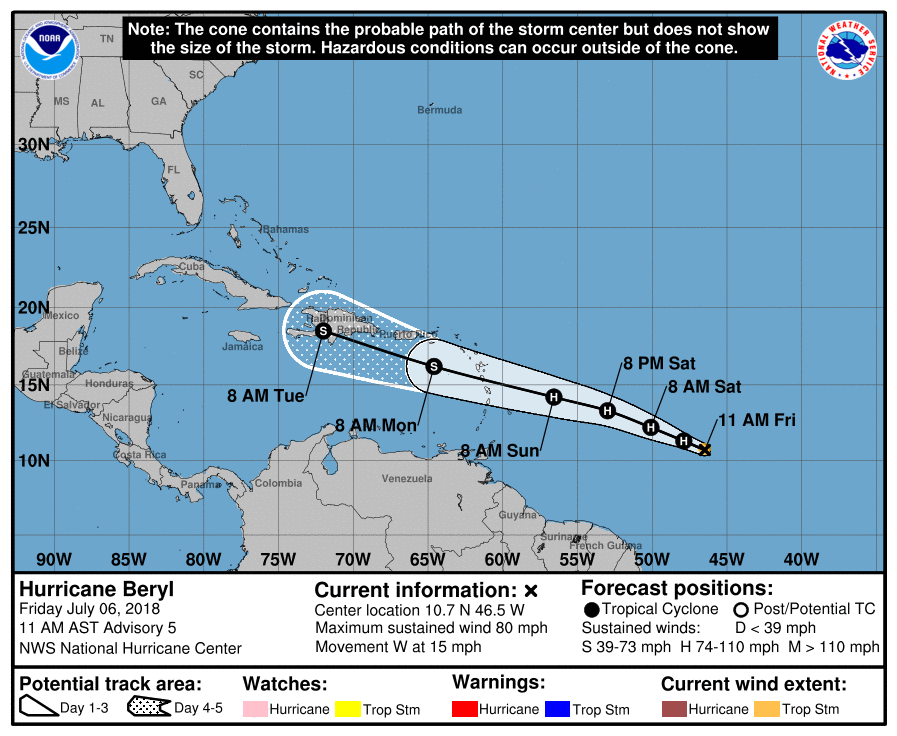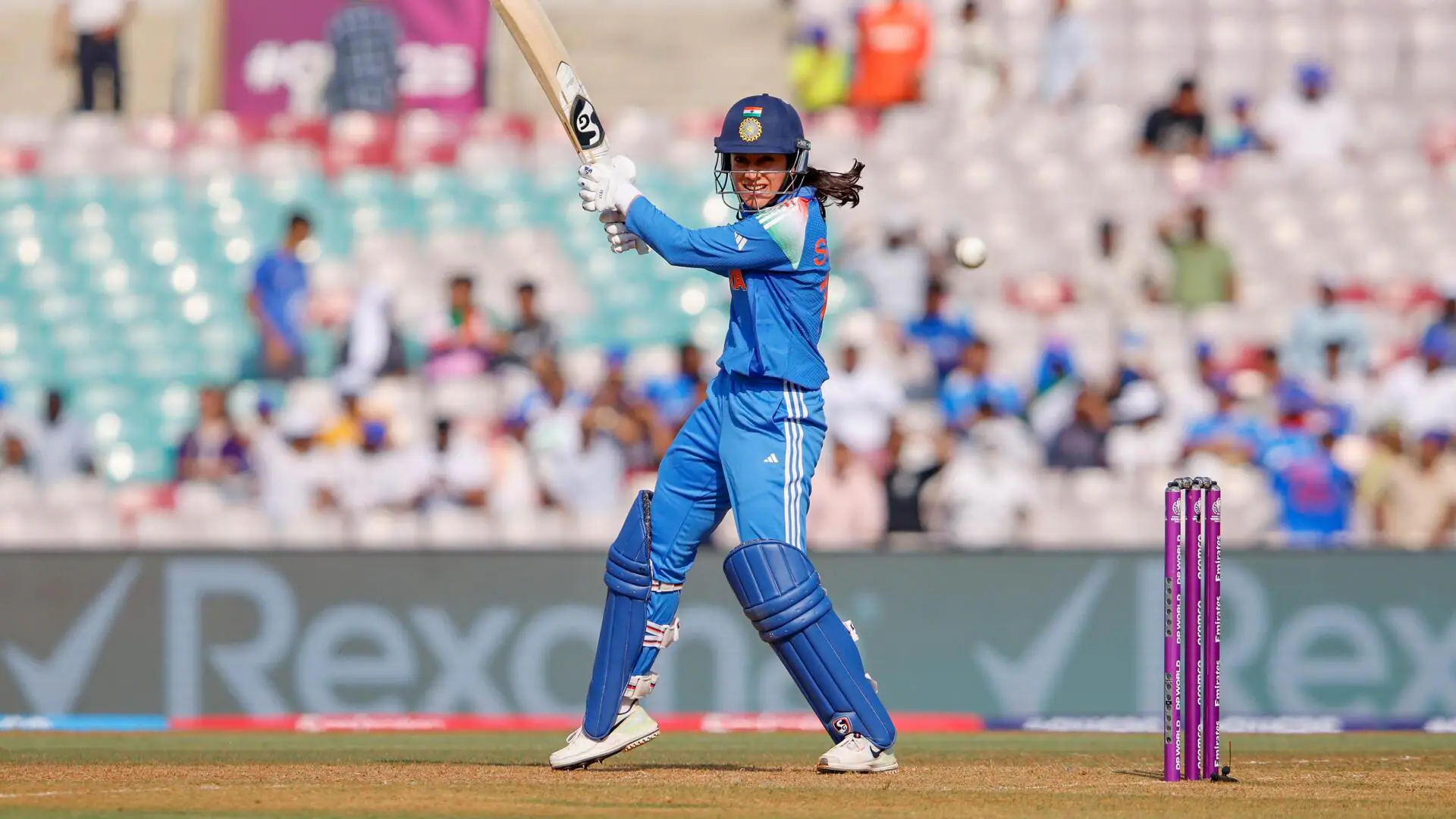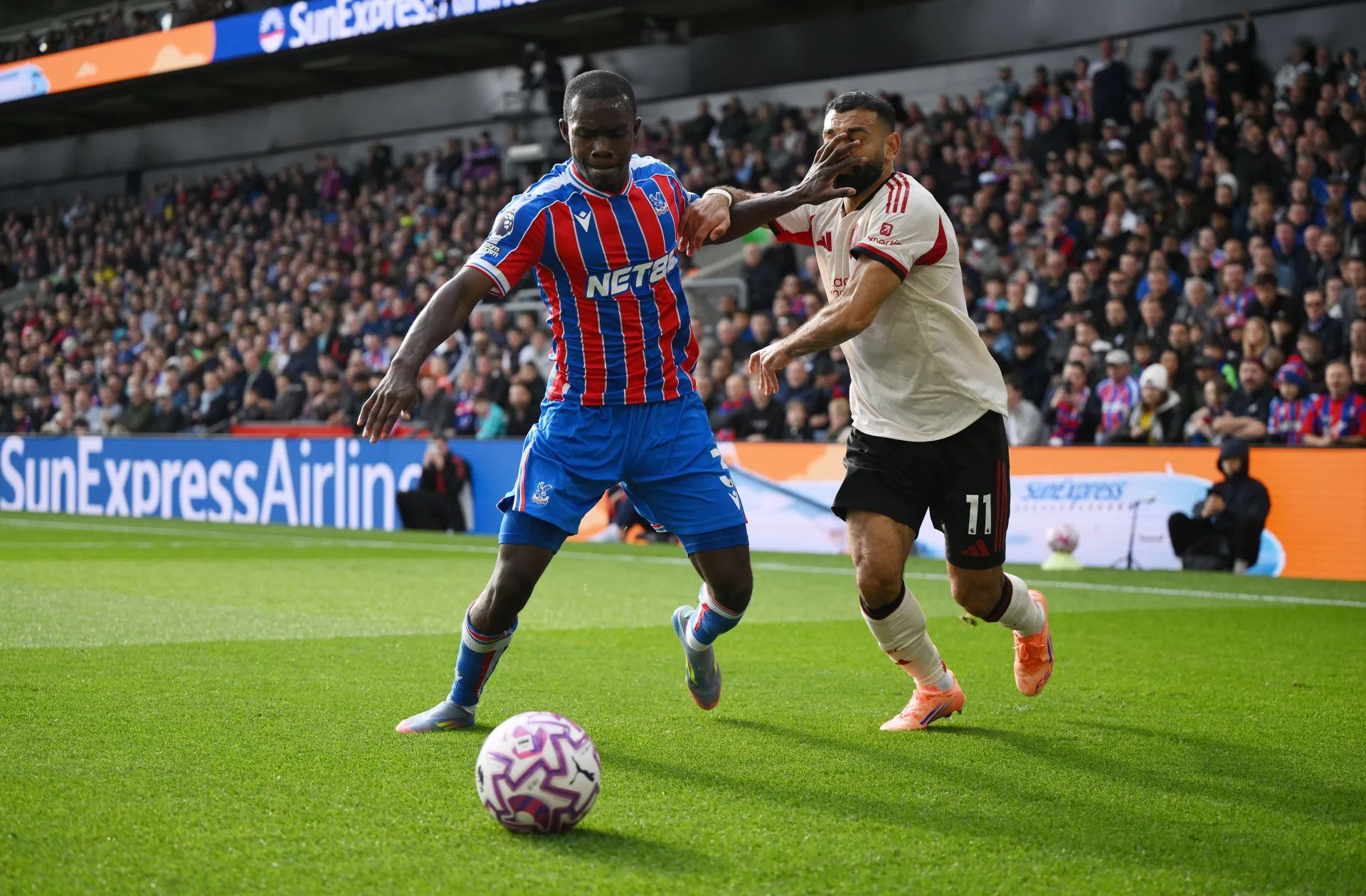Copyright puertoricoreport

Hurricane Melissa is being called the Storm of the Century, a Category 5, and is expected to be the most severe hurricane ever to hit Jamaica. What does that mean? We need to dip into a little hurricane science to understand it. Hurricane categories Hurricanes are sorted into categories, from Category 1 to Category 5. Hurricane Maria was a Category 5 hurricane that dipped to Category 4 as it hit Puerto Rico. The main metric for deciding on a storm’s category is wind speed. Below 74 miles an hour, a storm is just a storm. Melissa made landfall on Jamaica at 185 mph. As of this writing, it has dipped to 145 miles an hour, which is a Category 4. But calling previous storms like 2018’s Hurricane Beryl a small or Category 1 hurricane doesn’t mean there wasn’t damage when it made landfall. Even a small hurricane is a dangerous storm. Category 1 storms don’t usually damage stable structures or buildings, but they can turn over a trailer and knock down a weak tree. Poorly built homes may lose their roofs. There is likely to be flooding along the coast, and electrical power often goes out. People without strong shelter may lose their lives. Category 2 storms damage buildings that are old or unstable. They may knock out electrical power and drinking water. Extensive flooding is likely, and they are life-threatening. Category 3 hurricanes are “devastating.” These are major hurricanes, usually resulting in widespread flooding and damage to many buildings. Floating debris is a danger to structures and may knock down or uproot trees. Both power and water will be out for weeks. Category 4 hurricanes are “catastrophic.” Many buildings will be destroyed and most trees will be broken or uprooted. Power and water will be completely lost, often for many weeks. Category 5 hurricanes are also catastrophic. Between the winds, the flooding, and the debris moving across the land, most buildings will suffer damage. Power and water may be lost for months. Evacuation is the best plan if it’s possible. Hurricane development How does a tropical storm become a hurricane? It’s all about convection. If you’ve ever noticed a spinning movement in a cup of hot tea or coffee, you’ve seen convection. Hot air or steam rises. As the air warms, it moves upward, carrying heat with it. As the air rises, it cools, causing condensation. You’ve probably seen droplets of water on the outside of a cold glass on a hot day. That’s just what happens as the air rises. Those droplets form clouds as the hot air rises and cools. If the air is so hot that it stays warmer than the air around it, a pattern can develop. The hot air rises and cools and moves back downward, leaving clouds as it moves. More hot air rises and does the same. This sounds circular — and it is. The air organizes itself into a spinning mass of hot clouds. If high winds hit the storm and disorganize that spinning pattern, the storm collapses and there is no hurricane. If not, and if the water temperature is hot enough to keep the hot air rising, a hurricane will develop. Where are hurricanes heading? If a hurricane collapses while it is still out in the ocean, there can be heavy rainfall and flooding, but it will be much less severe than a hurricane that makes landfall. The location and movement of a hurricane makes a big difference in its effects on people. That’s why weather reports focus on where hurricanes are heading. Forecasters say that a hurricane is “heading for Jamaica” or “reaching Barbados tomorrow” or “moving toward the Lesser Antilles.” Will the next hurricane be a dangerous hurricane? Small hurricanes are hard to predict. The temperature of the water (which has been rising in recent years) is a big factor in the growth of tropical storms. Hurricane Maria gained phenomenal power in water that was just a few degrees hotter than normal. In fact, Hurricane Maria went from a Category 1 to a Category 5 hurricane in just 15 hours. On the other hand, winds higher in the air can diminish the force of a tropical storm by cutting through the hurricane winds and breaking down the organization of the storm. This is why it’s essential to monitor the news, prepare for hurricane season in advance, and pay attention to local communications. Hurricane science cannot completely predict the path or the future strength of a hurricane, but it’s good enough to help preparations and minimize harm.



